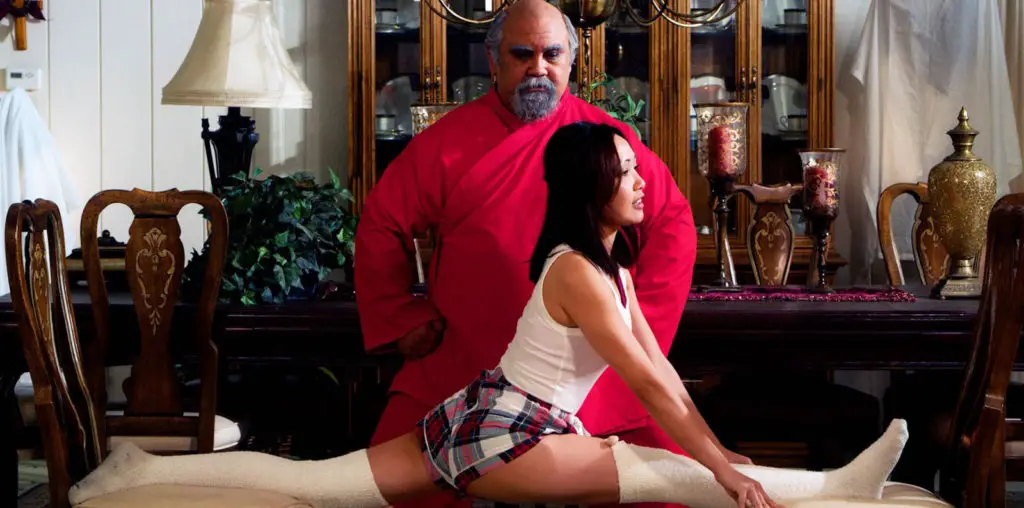
After a long day at work you decide to go to the beach to relax, you just sit watching the waves, a young man walks up to you and asks you where he is, you tell him the name of the beach, satisfied he walks away. A minute later he comes back and asks the date, you tell him and again he leaves. A few minutes later he comes back once more and asks; “Do you know who I am?”
Baffled by this question you begin to talk with him, he doesn’t seem to know or remember anything. You bring him into your home and try to help him remember who he is. In his jacket you find the name Mamiya. Is this his name? He doesn’t really seem to care. He just wants to know all about you; “Who are you?”
Later that night, you find yourself killing your beloved wife. You cut a deep X through her neck to finish the job. You go willingly to the police, you tell them every detail of the murder, you tell them how at the time it felt natural to kill your wife. By now you are devastated by your actions and you don’t have a clue why you did it.
This is one of the characters in the film “Cure”. He is not alone in his behavior, there are other seemingly average people killing in the same fashion. It is up to Detective Takabe to figure out what the connection is between these murderers and what this amnesia case has to do with it. (Made four years before Memento, this character Mamiya seems unable to make new memories, but they still classify it as amnesia in the film.)
Any serial killer film made today is bound to be compared with “Seven”, and when “Cure” is released later this year I’m sure it’ll be referred to as the Japanese version of it. A trench-coat wearing, genius detective tracks extremely weird murders through gloomy lit sets, but this where the similarities end. Writer/Director Kiyoshi Kurosawa is not a Japanese David Fincher, while Fincher makes “Seven” seem cool, Kurosawa makes “Cure” real.
This is not an over-stylized film. We see the murders like a witness, with far away static shots. When the detective is investigating, we are his partner and we stay a few paces away just listening. The film’s score is nearly non-existent, the scenes are filled with ambient sound, the rumbling of the ocean or a dryer.
“Cure” is a movie to get lost in. From the very beginning we’re thrown into something where we’re never quite sure what is going on. It is wonderful to feel misplaced, knowing that this will not end with a foreseeable plot twist. There is no clear-cut conclusion. The film is not wrapped up in a nice neat little package. Kurosawa shows us a glimpse into this strange world and then pulls away, leaving us to figure out the answers, answers that may never come.
I can’t wait to see it again.
